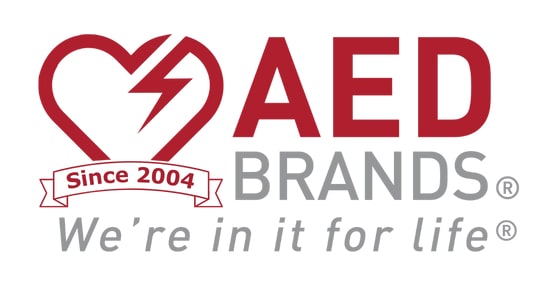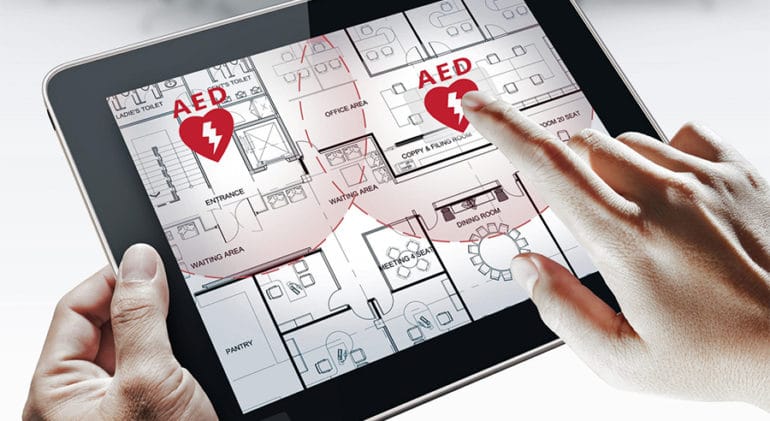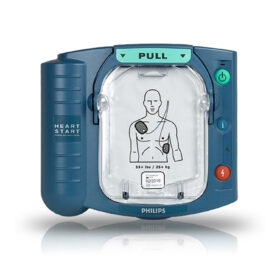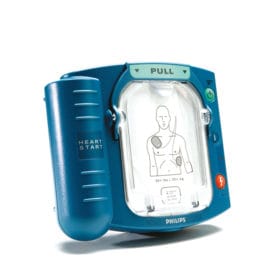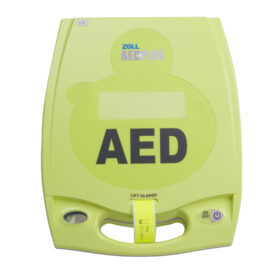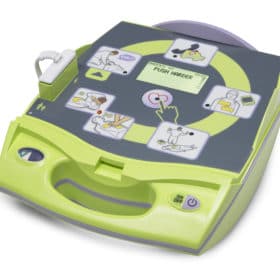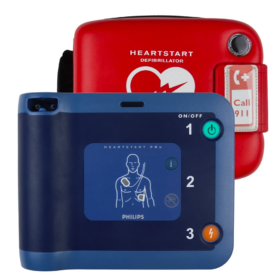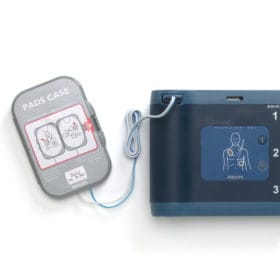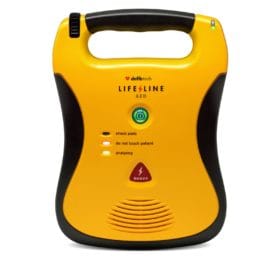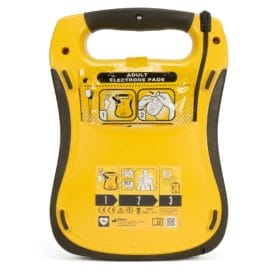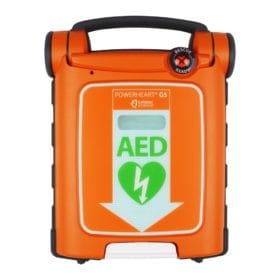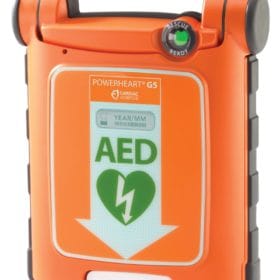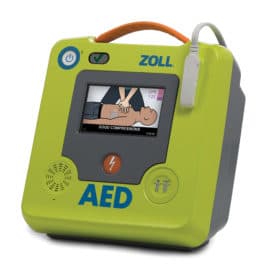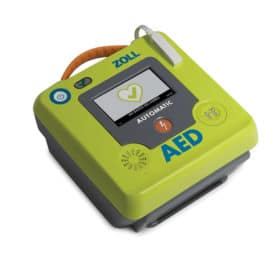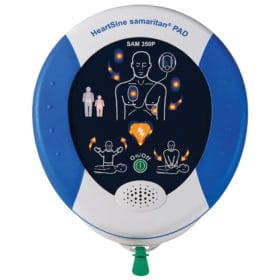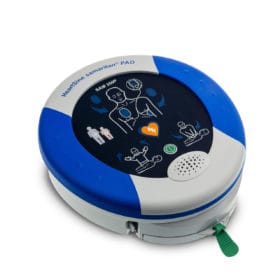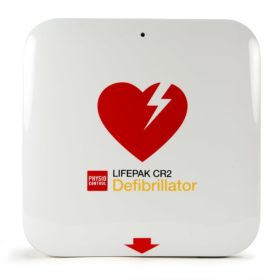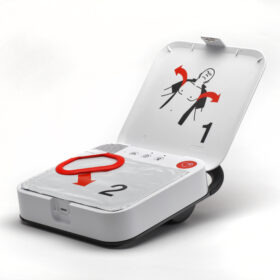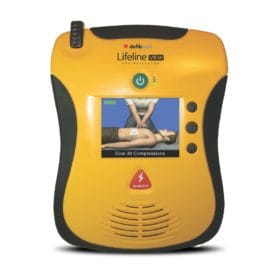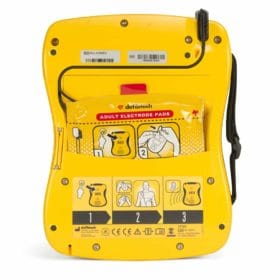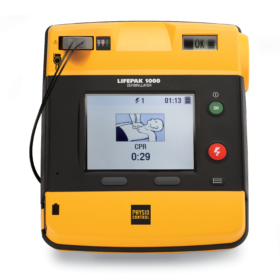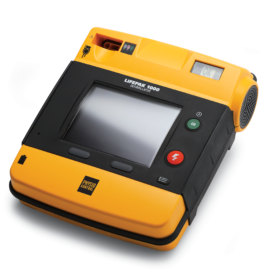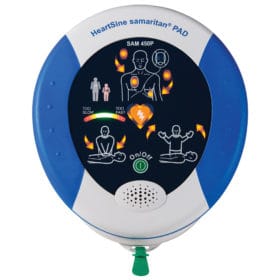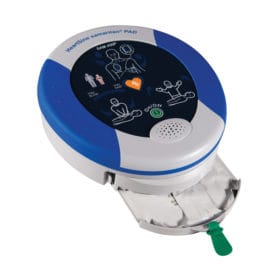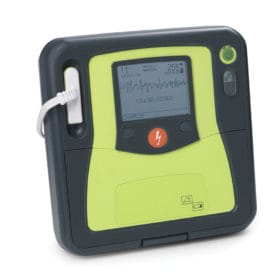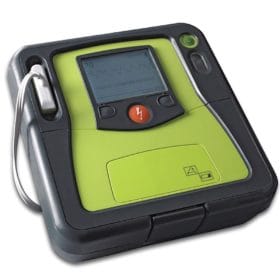- Your cart is empty
- Continue Shopping
The Chain of Survival | Sudden Cardiac Arrest
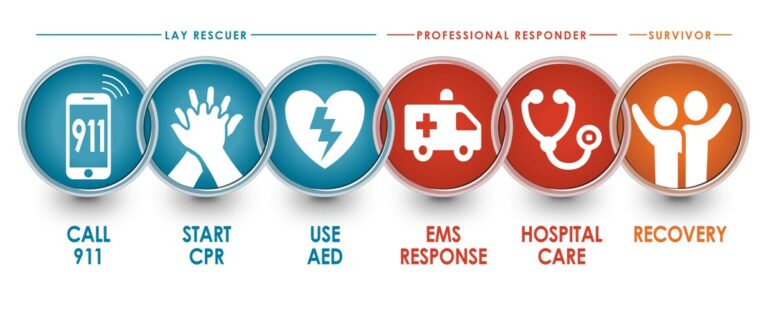
The Chain of Survival Steps
The chain of survival is a series of steps that can be taken to improve the chances of survival for someone experiencing sudden cardiac arrest. The steps in the chain of survival are:
Step 1) Recognition and activation of the emergency response system
The first step in the chain of survival is to recognize that someone is experiencing sudden cardiac arrest and to activate the emergency response system by calling 911. This should be done as soon as possible, as time is of the essence in these situations.
Step 2) Early CPR
The next step in the chain of survival is to provide early CPR, or cardiopulmonary resuscitation. This involves chest compressions and rescue breaths to keep oxygen-rich blood circulating to the brain and other vital organs. Anyone who is trained in CPR should be able to provide this life-saving intervention.
Step 3) Rapid Defibrillation
The third step in the chain of survival is to use a defibrillator, or AED, to deliver a shock to the heart. This can help to restore a normal heart rhythm and improve the chances of survival for someone experiencing sudden cardiac arrest. AEDs are portable devices that are easy to use and can be found in many public places, such as schools, offices, and airports.
Step 4) Advanced Life Support
The fourth step in the chain of survival is to provide advanced life support, such as medications and other interventions, to help restore normal heart function and stabilize the person’s condition. This is typically done by paramedics or other medical professionals who are trained in advanced life support techniques.
Step 5) Post Arrest Care
The final step in the chain of survival is to provide post-arrest care, such as monitoring and support for the person’s heart and other vital functions, to help them recover from the cardiac arrest. This may involve hospitalization and specialized treatment, such as coronary angiography or coronary artery bypass surgery.
By following the steps in the chain of survival, it is possible to improve the chances of survival for someone experiencing sudden cardiac arrest. It is important to act quickly and provide the appropriate interventions to help save a life.
History of the Chain of Survival
The concept of the chain of survival was first introduced by the American Heart Association (AHA) in 1991. The AHA developed the concept to highlight the importance of timely, coordinated care for people experiencing sudden cardiac arrest. The chain of survival consists of four key steps: early recognition and activation of the emergency response system, early CPR, rapid defibrillation, and advanced life support.
The chain of survival was developed in response to research that showed that the chances of survival for someone experiencing sudden cardiac arrest are greatly increased when these four key steps are followed quickly and effectively. The AHA has worked to promote the concept of the chain of survival and to educate the public about the importance of timely, coordinated care in these situations.
Today, the chain of survival is widely recognized as an essential framework for improving the chances of survival for people experiencing sudden cardiac arrest. It is used by medical professionals and first responders around the world to provide the timely, coordinated care that can save lives.
Survival Rate for Sudden Cardiac Arrest
The survival rate for sudden cardiac arrest varies depending on a number of factors, including the person’s age, underlying health conditions, and the timeliness and effectiveness of the care they receive. In general, the survival rate for sudden cardiac arrest is quite low, with estimates ranging from 5% to 20%.
However, research has shown that the chances of survival can be greatly increased when the steps in the chain of survival are followed quickly and effectively. The chain of survival consists of four key steps: early recognition and activation of the emergency response system, early CPR, rapid defibrillation, and advanced life support. By providing timely, coordinated care that includes these steps, it is possible to improve the survival rate for SCA.
It is important to remember that sudden cardiac arrest can happen to anyone, at any time, and that prompt, effective care is essential to save lives. By learning CPR and how to use a defibrillator, and by knowing how to recognize and respond to SCA, you can help improve the survival rate for this life-threatening condition.
Why is Defibrillation So Important?
Defibrillation is an important link in the adult chain of survival because it can help restore a normal heart rhythm for someone experiencing sudden cardiac arrest. Sudden cardiac arrest is a life-threatening condition in which the heart stops beating effectively, resulting in a lack of blood flow to the brain and other vital organs. This can lead to unconsciousness and death within minutes if not treated promptly.
Rapid defibrillation involves using a defibrillator, or AED, to deliver a shock to the heart. This can help to restore a normal heart rhythm and improve the chances of survival for someone experiencing sudden cardiac arrest. AEDs are portable devices that are easy to use and can be found in many public places, such as schools, offices, and airports.
By providing rapid defibrillation, it is possible to improve the chances of survival for someone experiencing sudden cardiac arrest. This is why it is an important link in the adult chain of survival. It is important to act quickly and provide the appropriate interventions to help save a life.
Loading...
The best AED for your needs
Philips HeartStart FRx AED with FREE Carry Case 861304
Would you like these results sent to your email?
If so, just fill our your email address below and submit.
